
No one walks alone: The story of Utilize Health.
This is the story of overcoming extreme adversity, love, and the path of a company that’s becoming a positive force for both people with severe injuries and the American economy.
Passion is a word that evokes a reaction. Ever noticed that? If it’s truly there, those two syllables reverberate as much through the body as they do the eardrum and on up to the brain. A non-believer’s tone won’t cause the toes to tap, nor will the lips crease upwards or will the need to stand up and clap or shake off goosebumps arise. Passion is not a singular thing rather a mixing of the emotional salves that wash our wounds just by being in its proximity. If you’ve ever met Jessica and Adam Harthcock, you’d know exactly what I’m talking about.
The 30-year-old Jessica speaks at a rate of about five words per second while Adam, 34, takes his time to annunciate each syllable. They’re both comfortable in these patterns – Jessica the rapidly deploying chain and Adam the settling anchor that stabilizes the ship. Together they are building a company called Utilize Health that’s already changing the lives of many people with life-altering injuries. What began as sort of a Hotels.com-like company that matched spinal cord injury (SCI) patients with the proper facilities has morphed into a full-fledged patient-advocate program that’s put itself into position to not only help those patients but also the American economy.
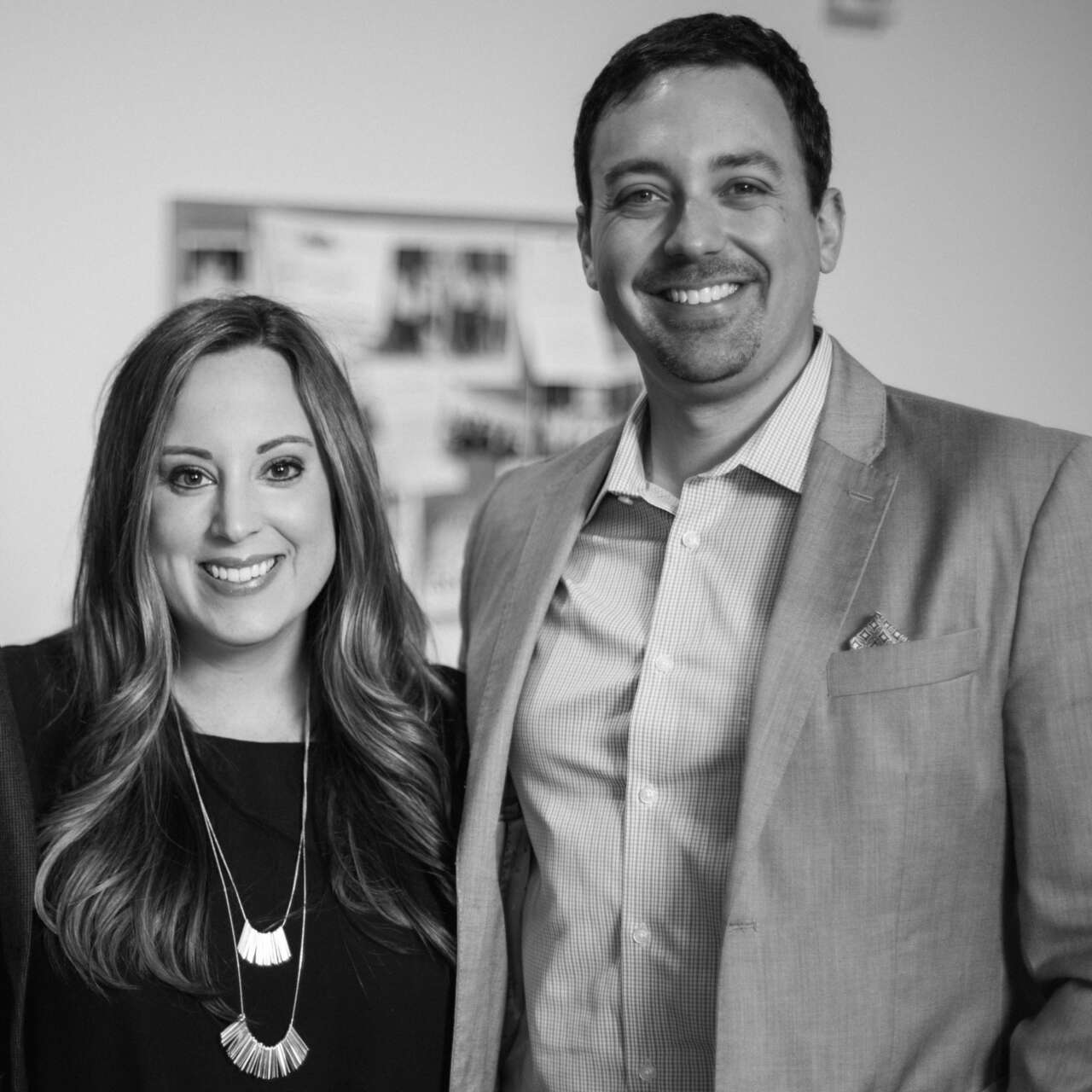
First, let us back up a couple decades or so to get to know Jessica and Adam. As a little girl in Evansville, Indiana, Jessica wanted to be a veterinarian. She’s always loved the act of caring for things, namely animals, so she set her sights on premed. Adam was born in Texas but moved around a lot as a kid because of his father’s job as a research and development director for several different companies. Adam was studious; always encouraged by his parents to do well in school and find a good job. His father, who knew what it took to work his way up through a big company, preached this, and it helped lay the foundation for a solid work ethic and independence that Adam continually builds upon today. His father also gave him a book called Rich Dad, Poor Dad that would alter his view on career choices and helped him refocus his perspective toward entrepreneurship and controlling his destiny.
Eventually high school rolled around. Jessica continued preparing herself for a life in medicine. She also followed her athletic prowess – she was a springboard diver, and to be good, one should also put themselves through the leaps, bounds, tucks, twists, flips and all-around rigors of gymnastics in the offseason. So that’s what she did. Practiced every day. Outworked her teammates with a fierce determination vitally apparent without anyone needing to tell you it’s there.
Then she got injured. It was June 7, 2004 and she was performing the last trick of the night, called a double tuck with a layout twist, that would alter her life forever. As she lay motionless on the mat, having felt the dull thud of landing on her head and hearing an unmistakable crunch that originated just behind her ears, she knew something was wrong. All in an instant her life took a hard right turn down a dimly lit street.
Jessica had broken C6 to T5 on her vertebral column with the majority of the damage at T3 - from the chest down. (The vertebrae are named by the first letter of their region - cervical, thoracic, or lumbar - and with a number to indicate their position along the superior-inferior axis.) She also developed a cyst on her spine.
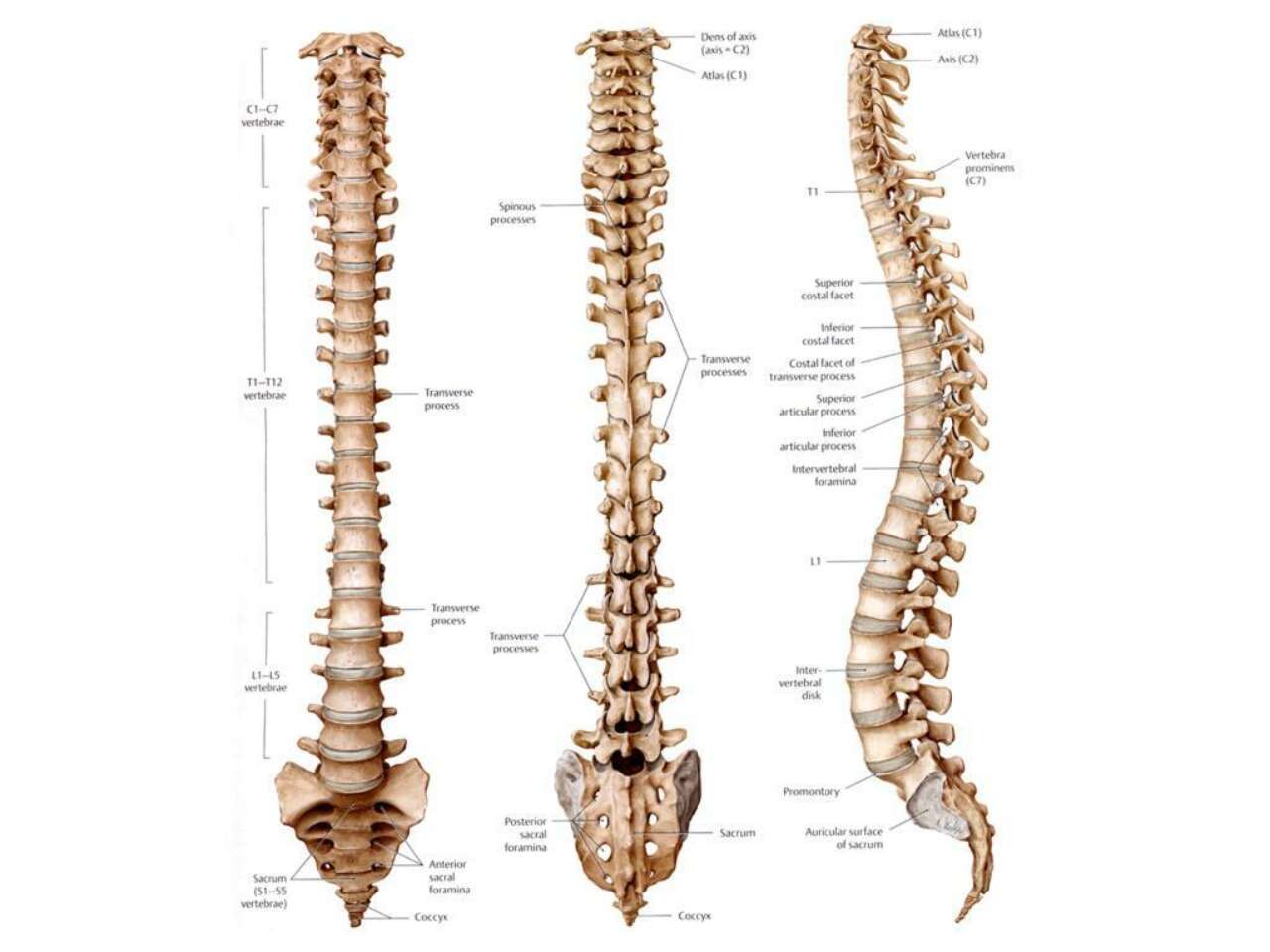
“They told me I’d never walk again,” she said 13 years later, sitting in the Utilize Health office in Nashville, Tennessee, a wistful look on her face as she appears to be navigating those same dark alleys. “There I was, 17 years old, an athlete, a kid with great aspirations, and an Asia A complete spinal cord injury, which in the medical world is the worst category to be in, and I was facing a life where I’d be paralyzed from the chest down.”
Immediately there came the surgeries; which preceded inpatient and outpatient rehab, and the hospital-ridden days where she lay there watching her dreams of practicing medicine float beyond reach. You must be on your feet for long periods of time to be a doctor. It’s not a profession for a paraplegic. Perhaps here some will start to sympathize with Jessica, but this point in her story was merely a crossroads where she gritted her teeth and summoned nerves drawn from some deep internal wellspring, ushering her onward.
***
Three weeks after finishing inpatient rehabilitation, Jessica saw a documentary made in Switzerland where people with her same injury were walking. She saw it as a challenge, “If they can, so can I.” It was also an opportunity.
“It made me realize that there was something that the medical community wasn’t aware of at the time,” she said. “Looking back, we were in the middle of a big rehab paradigm shift. I must say, it was really interesting to be a part of it so early on.”
For the next three years she traveled the country to various outpatient rehab facilities. While most patients were doing just two to three hours a day, a few days a week, Jessica endured six to seven hours a day, six days a week. “I used Sunday to rest, catch up on school work. Sleep a little,” she told me, her expressionless face suddenly turning to a grin as she snaps back to the present. Grinning because she defied doctors’ initial diagnosis that she’d never use her legs again, grinning because despite all the hardships, years of physical therapy, the mental and emotional mountains she climbed, Jessica beat the odds, defied them in fact.
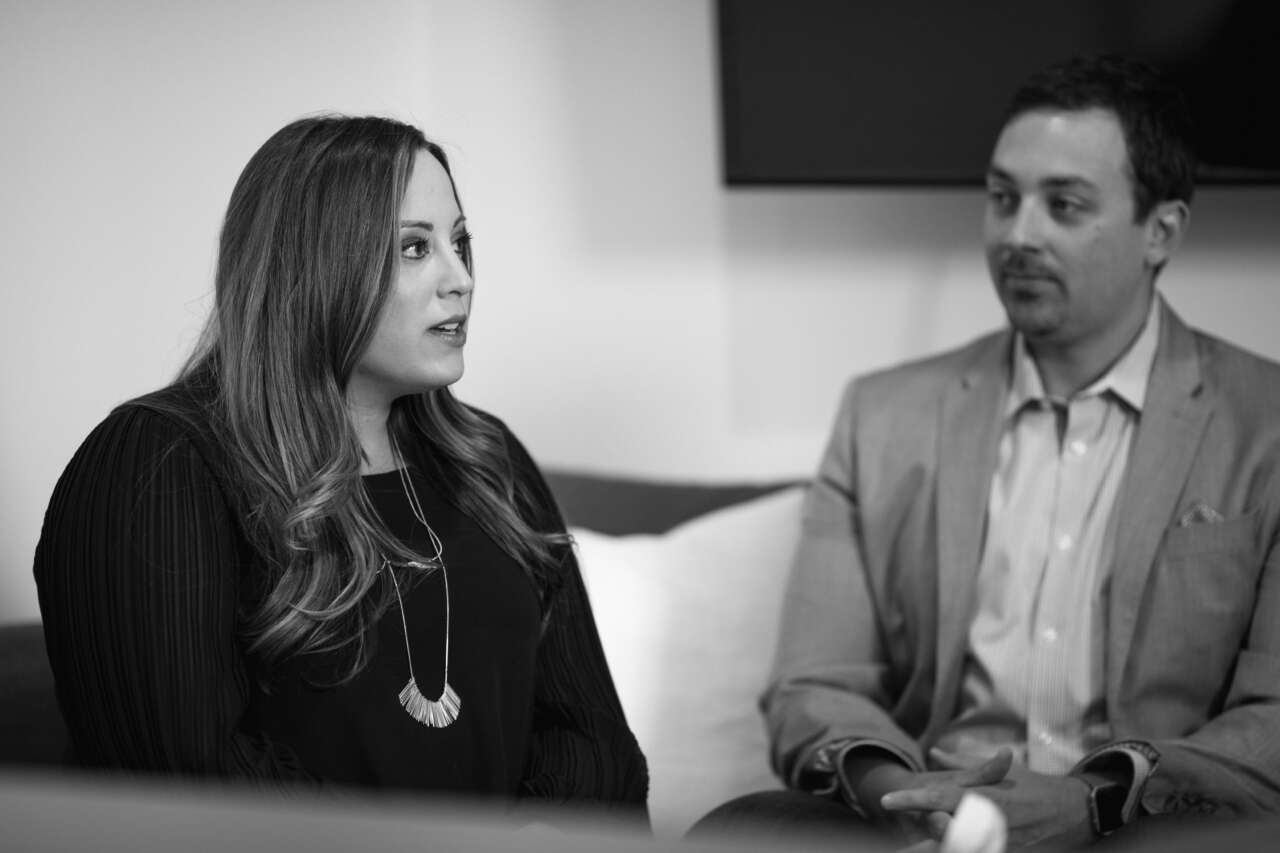
She was 20 and practically starting her physical life over when she embarked on the second coming of her first step. That in itself is amazing. And it gets better. Fast forward another three years and Jessica is walking unassisted.
But let’s not jump ahead too quickly or we’ll miss the part about Jessica’s path joining Adam’s a year after her injury. In 2005, he was working as a physical therapist in Indiana when he was assigned to a girl who told him on their first day together that she would someday walk again. At this point in recounting their story to me, as Jessica is sorting out the details, Adam silently nods in agreement as if there was never a doubt in his mind.
And so it went with their relationship so tightly intertwined with Jessica’s progress. Each day she got better. Each day they grew closer.
It was the becoming of a partnership, a love story, that would cover many miles and touch the lives of thousands of people. The story of Jessica’s recovery spread throughout the country. People she didn’t know, SCI patients just like her, were calling asking for her help, looking for guidance on proper care and seeking inspiration, anything she had to offer if only a little bit of hope. By this point she knew the rehab system, had been to centers across the U.S. and perhaps most importantly, recorded data from each of her experiences, knowing that it would one day help others.
The Harthcocks took those experiences and kept recording the data in Baton Rouge where Jessica earned her degree in mass communications from Louisiana State University. Next it was Nashville, to graduate school at Vanderbilt University where the spark for Utilize Health was born. Jessica’s professor and career advisor challenged her one day by asking Jessica the size of the problem with SCI injuries not being able to locate proper help. She had no clue.
“At the time I thought I would go into human capital consulting,” she said. “That’s what a lot of my colleagues were doing and it seemed like a good fit.”
Further investigating her advisor’s question opened her eyes to a largely untapped market - one where SCI patients were having a hard time streamlining the recovery process and finding proper care - and an apparent business opportunity. It wasn’t long before she was turning down jobs to keep herself free to the possibility of entrepreneurship. It was scary to think about, trying to start a business with Adam providing the sole source of income.
“We had just gotten married, were struggling financially like every young couple,” she said. Adam, too, had just received his Master’s from Vandy, so there was debt to pay. Yet she continued looking to the future of what would become Utilize Health despite the obvious perils that lay ahead.
***
If you ever enter the Utilize Health office in downtown Nashville, the first thing you’ll notice is Ozzie, the Harthcock’s large yellow Lab who greets all visitors at the door. The second thing that may catch your eye is a bottle of Jack Daniel’s Single Barrel sitting on top of a cabinet just inside to the right. It’s a symbol, a reminder of yet another major turning point.
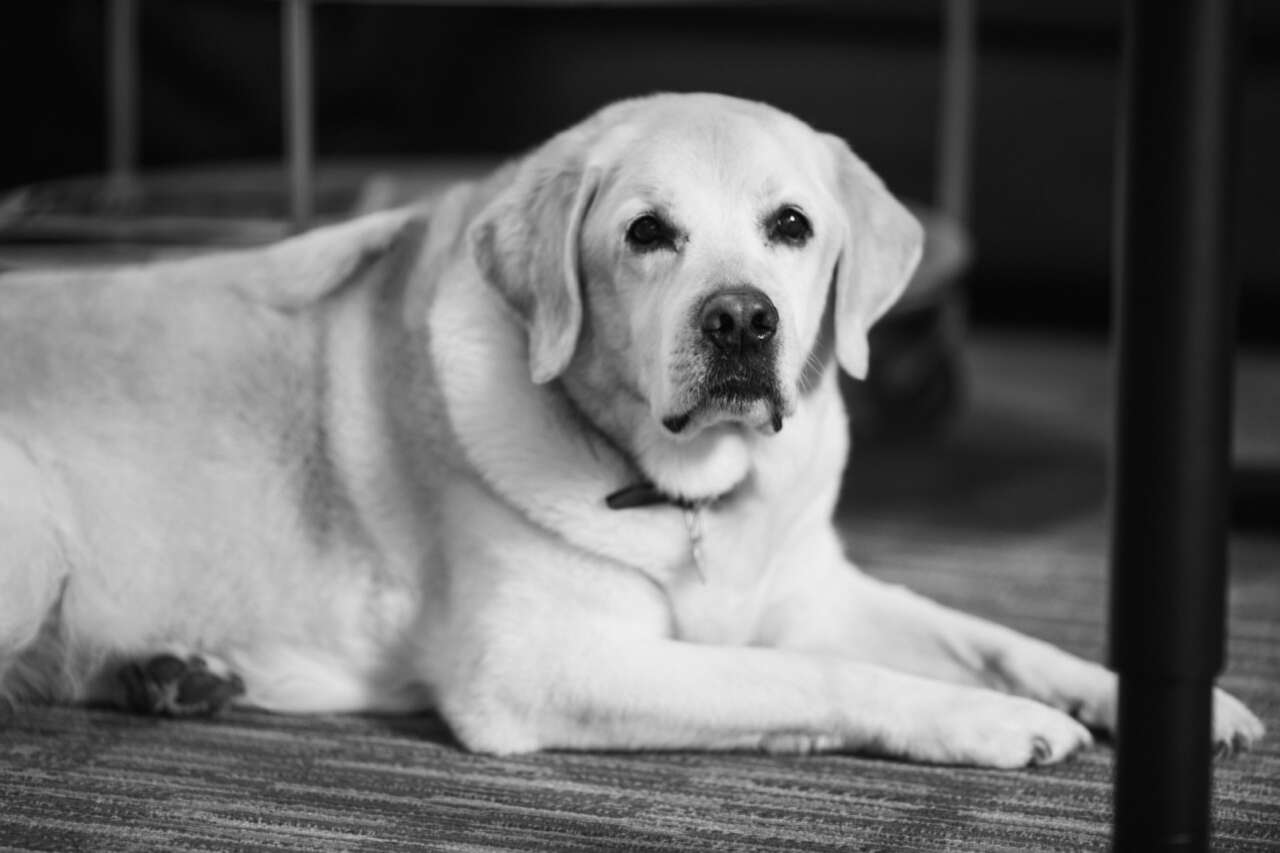
“I had already known for some time that I wanted to dedicate my life to starting a company that would help people with injuries similar to mine,” Jessica said. Anyone that’s even slightly breached their small circle can tell, of course, that it wouldn’t have been possible without Adam’s support.
“It all started with a glass of whiskey,” she said, taking us back to that night. “I came home one evening and told Adam that we needed to talk. He sat down with a beer though I knew it would take something stronger so I poured him a glass of whiskey.” Jessica has a momentary lapse back into time, as if she is nervous all over again just to tell the story.
“I told him that I was going to turn down all job offers and start my own business. And when Adam just sat there silently I told him ‘If you don’t say anything I’m starting tomorrow.’ He stood up, said goodnight, went to bed and I began working toward my goal the very next day.”
It was never their plan to work together, put all the eggs into one basket so to speak. Most couples need to separate family and business to make a partnership work. Hopefully you’ve figured out by now that the Harthcocks are not your average couple.
As Jessica made traction with the business, she got accepted into an accelerated program with Jumpstart Foundry (which calls itself a “seed-stage healthcare innovation fund” that focuses on investing in and guiding young companies such as UH) in Nashville that required her to have a co-founder. Adam was the obvious choice though as more of a stand-in, someone to play the part in order for Jessica to receive the resources she’d need. When Jumpstart’s CEO, Vic Gatto, asked during the interview process if Adam would work his day job then work with Jessica each night, she immediately said yes.
“I didn’t even miss a beat,” she laughed. “I told them that Adam was just as dedicated as myself to seeing this thing through. Adam merely grimaced and didn’t say anything.”
Once they began the program though they were very transparent about Adam’s supporting role rather than a full-time employee. He devoted nights and weekends, all his free time, to supporting his wife’s venture.
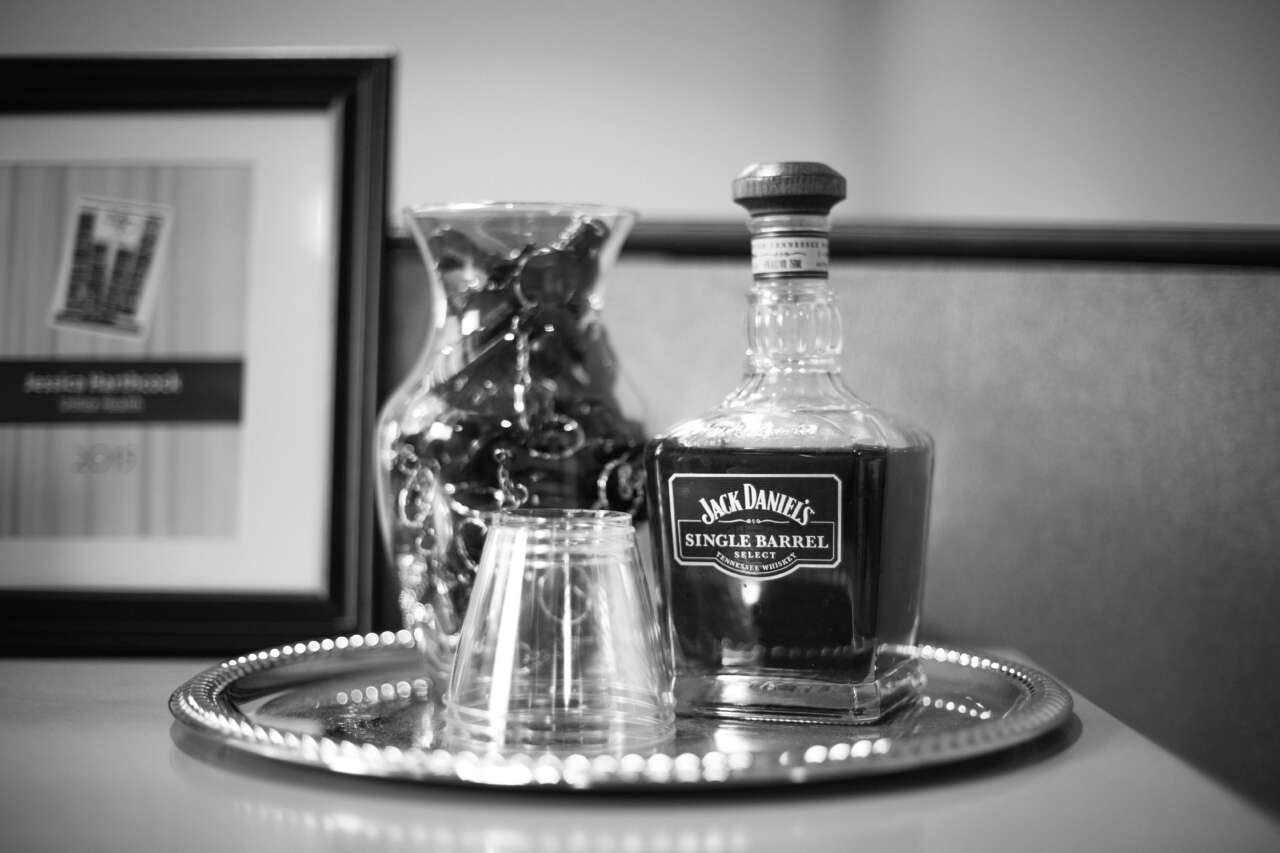
About a year in, however, Adam returned home one night, poured a big glass of whiskey, handed it to Jessica and asked what she thought about him quitting his job and coming to work with her full time the very day they received funding. Our skillset is so diverse, he’d said at the time. Jessica wasn’t silent like Adam had been, for he was already a part of the blueprint in her mind’s eye. From that day forward UH became their life’s mission.
“I was kind of at an end road with my current job and was looking for something else,” Adam said. “It just made sense to dedicate myself to something I already felt so strongly about. Plus, at that point, for Utilize Health failure was not an option.”
***
It didn’t take long for the public and the press to take notice of what Utilize Health was doing in its early stages. First, USA Today came calling to see what this young company was all about. At that time, UH was mostly the aforementioned facility matcher where SCI patients could connect with required care. They were getting hundreds of patients without even having a website.
As they raised money for the pilot program, Jessica and Adam soon realized that patients wanted more. Since her injury, Jessica was taking on all these ancillary tasks from a data perspective to figure out what the whole system looked like from a thirty-thousand-foot view and how it correlated back to her recovery, and that of her patients. A lot of these tests were more social and environmental than medical, knowing that the latter would take care of itself. As SCI patients became a part of the program, they too engaged in their recovery, taking notes of the process, giving UH an endless stream of data that has helped the company evolve from a matchmaker into the full-fledged patient-advocate program that they are today.
“We knew from the beginning that there was an opportunity to merge the business into the health plan side of things,” said Adam. Once they launched it was like a natural progression as health plan companies began reaching out to them to inquire about UH helping their patients. Today Utilize Health has packaged their patient-advocate programs online as “specialty care coordination solution health plans” to help improve the overall health of its members.
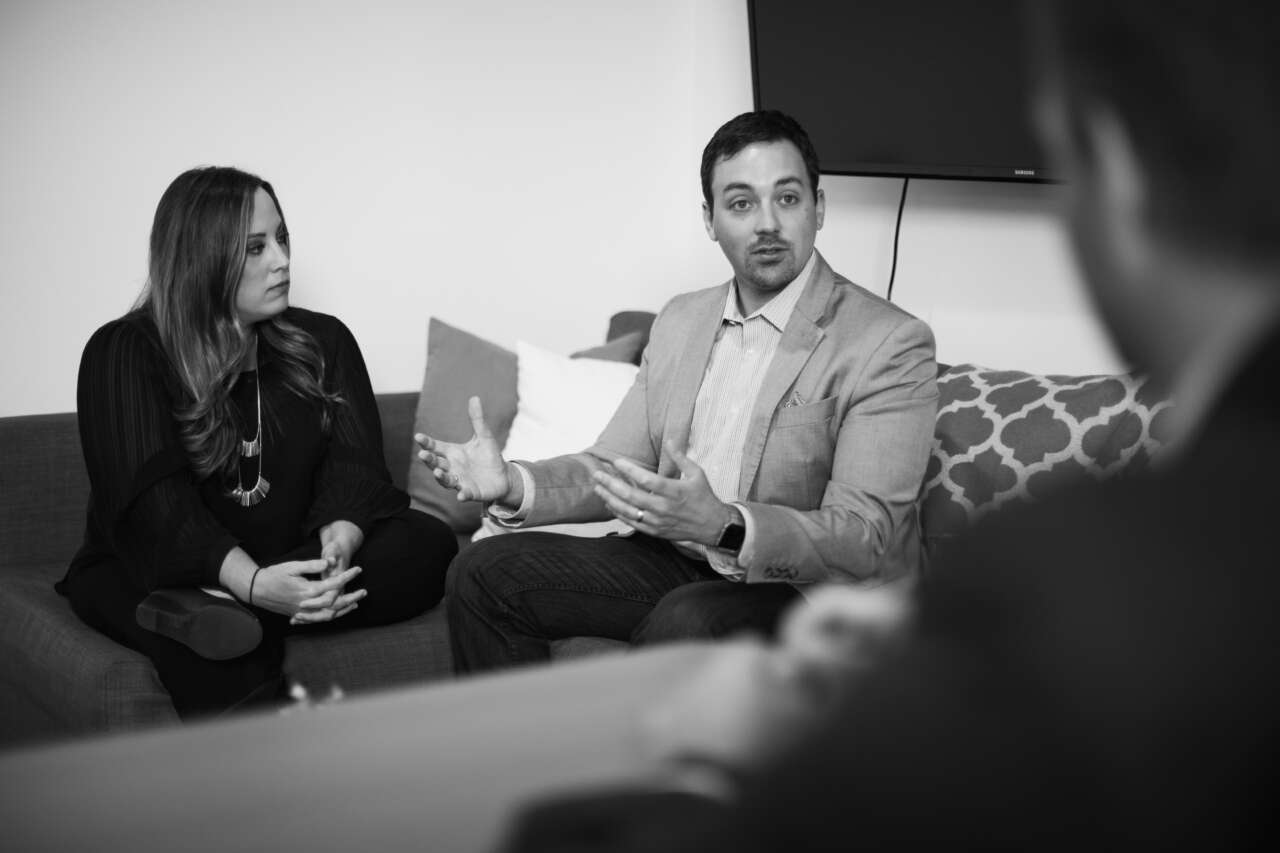
There’s a lot of value in that and Jessica is the perfect example. By finding the care she needed, learning to walk again and improving her health, she saved her insurance company $750,000. Case studies such as hers, showing a similar cost reduction by streamlining an SCI patient’s transition of care by getting them to the right facilities at the right time is reducing their reliance on the health care system. It’s a win-win-win for patients, health care companies and insurance companies. And what makes Utilize Health so important to this market is the fact that Jessica herself is a patient. She’s been there, is still there, and knows how to navigate the choppy waters.
While SCI patients make up only four and a half percent of the population, they account for 24 percent of all medical spend. Let that sink in for a moment. Then consider this: There are the core injuries - SCI, dynamic compression plate (DCP) injuries, brain injury and stroke – that result in secondary conditions – falls, pressure sores, chest complications and blood clots, which make up 18 percent of overall medical spend. That’s 11 million people that suffer from one of those conditions and it’s costing about $100 billion in healthcare annually. For a large health plan that does nearly $400 million a year, Utilize Health can directly impact 10 percent, saving that company an estimated $40 million if fully scaled throughout the population.
The questions then become, how does Utilize Health continue to move the needle forward on neuro rehab? How do they lower that cost and help everybody involved in the process? Answers in the form of case studies layout economic value that helped Utilize Health lock up their first major contract late last year. While the company will continue to grow, the ultimate goal has alway been about paying it forward, giving back.
“The long-term vision for this business is more than starting a viable company that we can one day sell,” said Jessica. “By helping those who are going through what I went through, well, that’s what fulfills the greater mission that I have for myself.”
***
There are two things Americans cherish above all else: the story of the comeback kid (that involves love) and anything that’s truly good for America. Jessica is both. Not on her own but with the unbreakable support beside her that is Adam.
June 7 of this year was Jessica’s 13th anniversary since her injury. Thirteen years of surgeries, intense therapy, recovery and the eventual hardships almost every entrepreneur faces. Yet she stands on her own two feet once more. To celebrate? She and Adam and the Utilize Health team went for a walk.
A Note on Lewis Communications: Just the other morning I listened to a radio talk show where the public called in to ask questions and make comments. Evident among the many callers was a sentiment that a major character had been left out of a recent documentary film surrounding a band that is also the main subject of this radio program. As any sort of documentarian, whether it’s film, photography or literary, you must make the decisions of where to enter certain people or entities and when to leave them out. In the body of this article above, a main character was left out. This is the space where that player, Lewis Communications, is going to get its due.
Lewis came up with the name “Utilize Health” and its phrase “No One Walks Alone.” Jessica refused to tell me their previous name but her reaction to Lewis’ expertise in the branding department leads me to assume it was nowhere close to what VP of Brand Strategy Gary Brandon was able to conjure up.
“He got what we’re about from the beginning,” Jessica said. “It’s laughable now, but I figured we would hire this company to sit down with us for an hour to do a branding brainstorm session. We were shocked when they came back to let us know it would take 14 weeks to go through the process. In his way, Gary kindly told us about all the research and work involved. Needless to say, they nailed it.”

Search Engine Optimization (SEO), trademarks, market research and even research for logo colors comprised that three and a half months of finding a name that would resonate well with people. Public feedback for the overall layout of Utilize Health has been nothing short of spectacular, including the name, tagline and logo. As a full-service advertising and marketing agency, Lewis Communications is built to help any company from startups to Fortune 500s. Call it bias, but I just couldn’t stand to let such an important character sit on the sidelines. Sometimes it’s the small things that help drive the bigger narrative.


